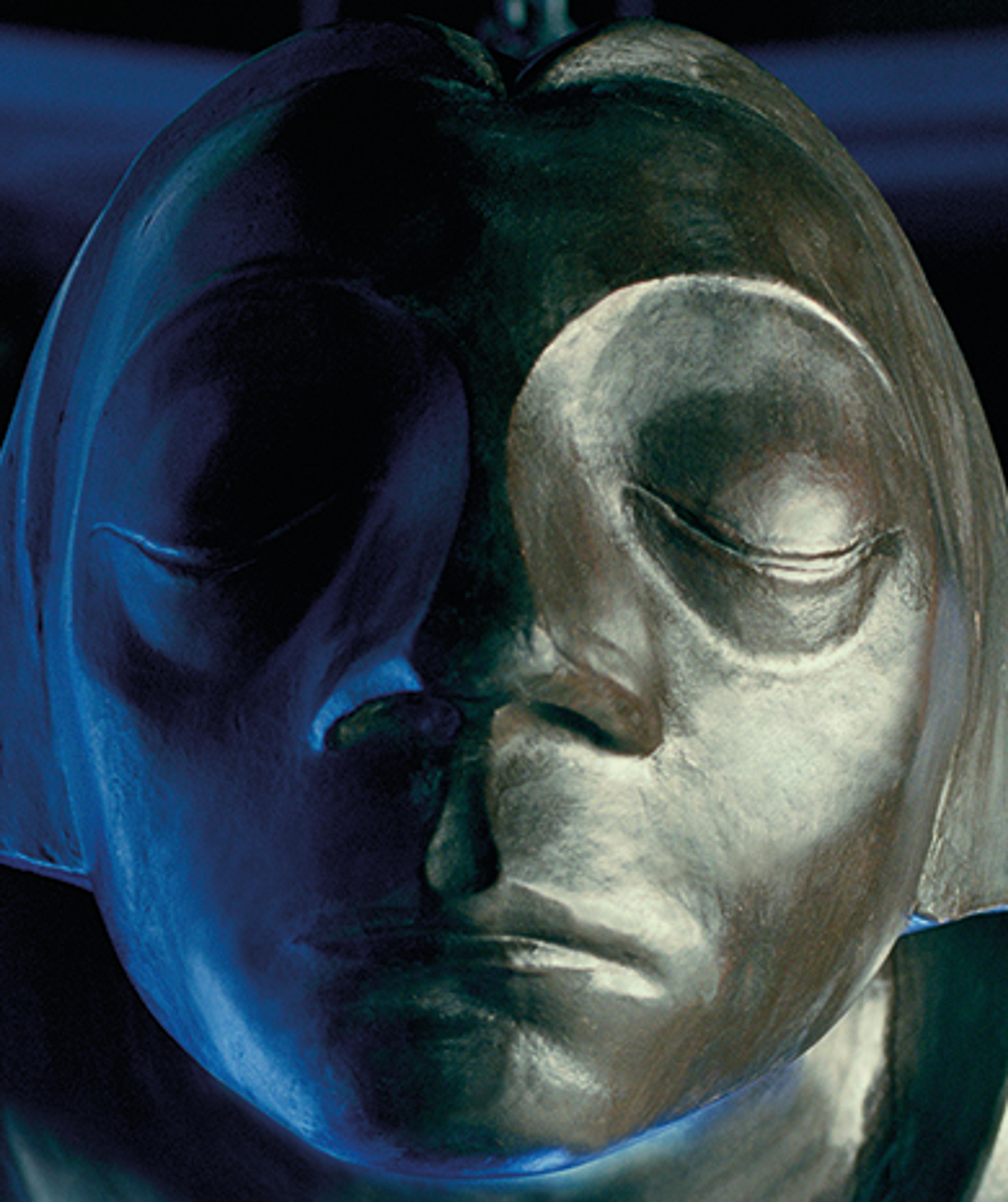
09.06 - 24.08.2014
Madeleine Dietz TimeLayers
The exhibition "TimeLayers" took place at three locations: in the Ernst Barlach Museum Ratzeburg, the Ratzeburg Cathedral and the Stadtkirche Sankt Petri.
Ernst Barlach Museum Ratzeburg
From June 9, 2014, the ring exhibition with the artistic works of Madeleine Dietz was on display in Ratzeburg. The exhibition ZeitSchichten took place in parallel at three locations: the Ernst Barlach Museum Ratzeburg, Ratzeburg Cathedral and the City Church of St. Peter. In addition to the monumental, twelve-meter-long installation in the cathedral, the Documenta project "Side by Side" is shown in St. Petri, and the museum provides a retrospective look at the artist's work.
In addition to her work in the museum space, Madeleine Dietz has intensively and critically addressed the dialogue between art and the church for decades. The basis of her artistic work is earth and steel. One basic substance, earth washed in with water and dried without binding agents, is a brittle material exposed to decay, which is not only energetically charged through the principle of layering, but also overcomes its fragility. In contrast, steel is a powerful force, appears static, rational but by no means inanimate and cold. It wears the dark, restless skin of rolling. Madeleine Dietz uses rolled steel almost exclusively. Earth and steel breathe each other. Steel, the material of eternal duration, is used as a clear, directional, reliable, geometric and architectural base position, embraces the layers of earth, supports them or gives them a foundation. Steel has the expressive power of the objective, remains the superior matter to the cycle of becoming and passing. Suspended in it, placed alongside it or dialogically opposed to it, the "layered" earth forms the sum of transient, individual experiences tied to life. Sometimes resembling archaeological excavation sites, Madeleine Dietz's works describe collective life histories. Her works silently rebel against the synchronicity of the modern world.
In addition to numerous solo and group exhibitions in Germany and abroad, Madeleine Dietz has liturgically designed twelve churches since 1997, designed numerous farewell rooms, and realized the project "Side by Side" at the Museum für Sepulkralkultur for Documenta 2007: Over many years, she had people from 140 countries send her small amounts of soil from places where the dead are buried or cremated, along with authentic accounts of their respective farewell rituals. In small wooden boxes, side by side, this soil was stored, exhibited and finally united in the museum garden to form a planting field.
Madeleine Dietz has always insisted that her art is never decoration, even in church interiors. It is, on the contrary, intense, disturbing, and consciousness-raising. She confronts her viewers with the existential questions of life: where do I come from, where am I going, and what tasks do I have to solve here, in this life, in our world.







